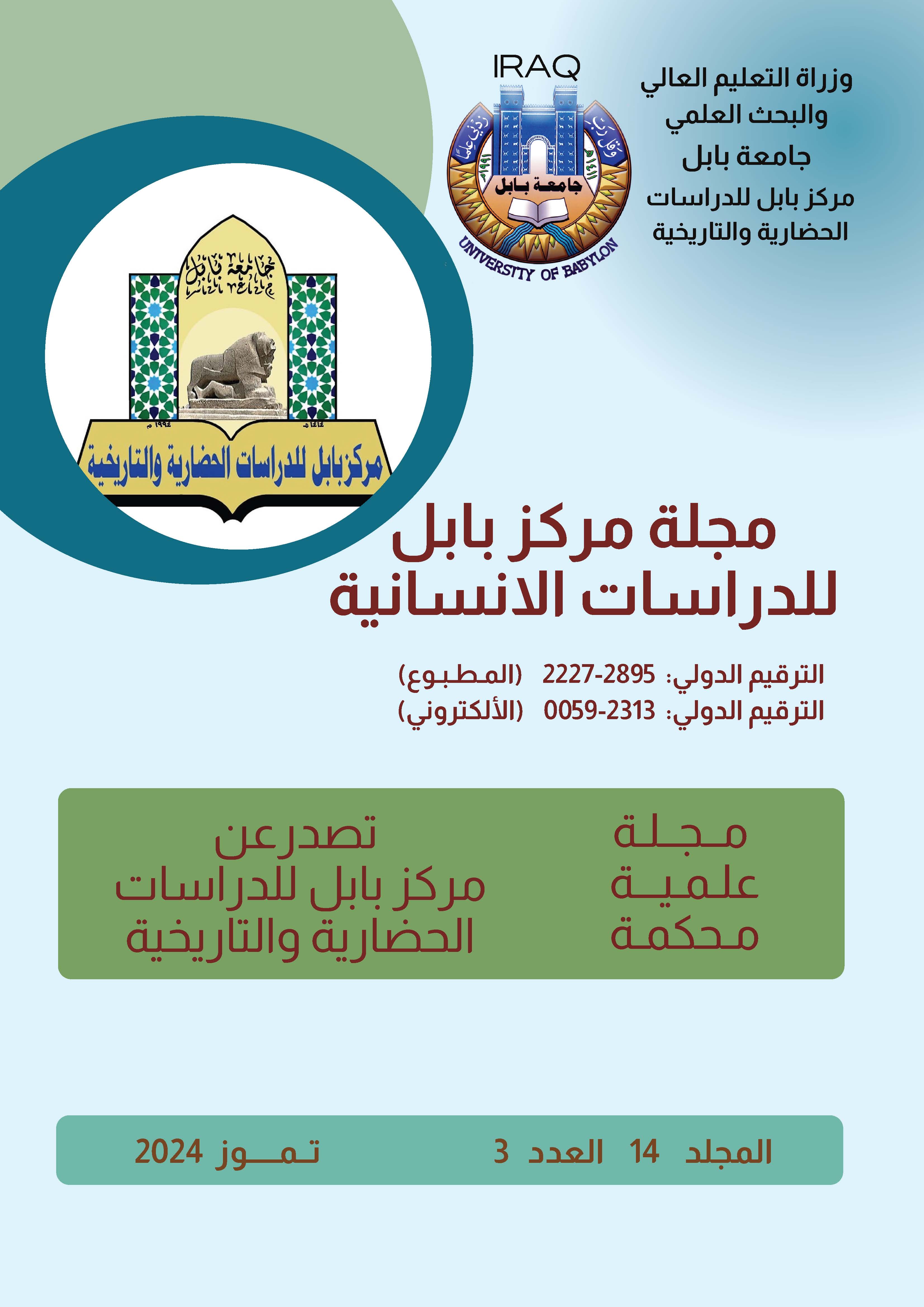The Aesthetics of Allegorical Depiction in Pre-Islamic poetry
Keywords:
artistic aesthetics, metaphorical photography, pre-Islamic poetry, explicit and implicit metaphor.Abstract
Poets, ancient and modern, have been interested in the art of metaphorical depiction in their poetry due to the effective energies in the art of metaphor in producing an artistic painting. Previous and modern critics also paid attention to it, exalting its value and demonstrating its virtue, because it is more effective in achieving the process of claiming, that is, claiming that the suspect is in the same gender as the person being suspected, and is more capable of achieving the desired meaning and expressing feelings, sensations, and emotions, when ordinary language is unable to express that. The pre-Islamic poets used this artistic technique to express the depiction of their environment and the image of the praised one, and they were creative in creating the artistic image in their poetry. This article seeks, through the descriptive and analytical approach, to study the role of the art of metaphorical photography in drawing the artistic portrait of the pre-Islamic poet. The research concluded that the metaphorical image was numerous in pre-Islamic poetry due to the poet’s admiration for this graphic art and the energy of this art in formulating picturesque images. Among the most prominent pre-Islamic poets who used metaphor in their poetry were Imru’al Qais, Zuhair bin Abi Salma, Amr bin Kulthum, Antara bin Shaddad and Labid bin Rabia. And it popped It has many types, the most prominent of which is implicit and explicit metaphor. Through all of these metaphorical images, the pre-Islamic poet portrayed praise, whether heroes or kings. He also depicted women and slave girls, and sometimes described some aspects of beautiful nature and the circumstances of time. In general, his images were indicative of the breadth of his imagination and were distinguished with novelty and vitality in literature Intensifying it through multiple metaphors and presenting it in a new way takes it out of its monotony.







